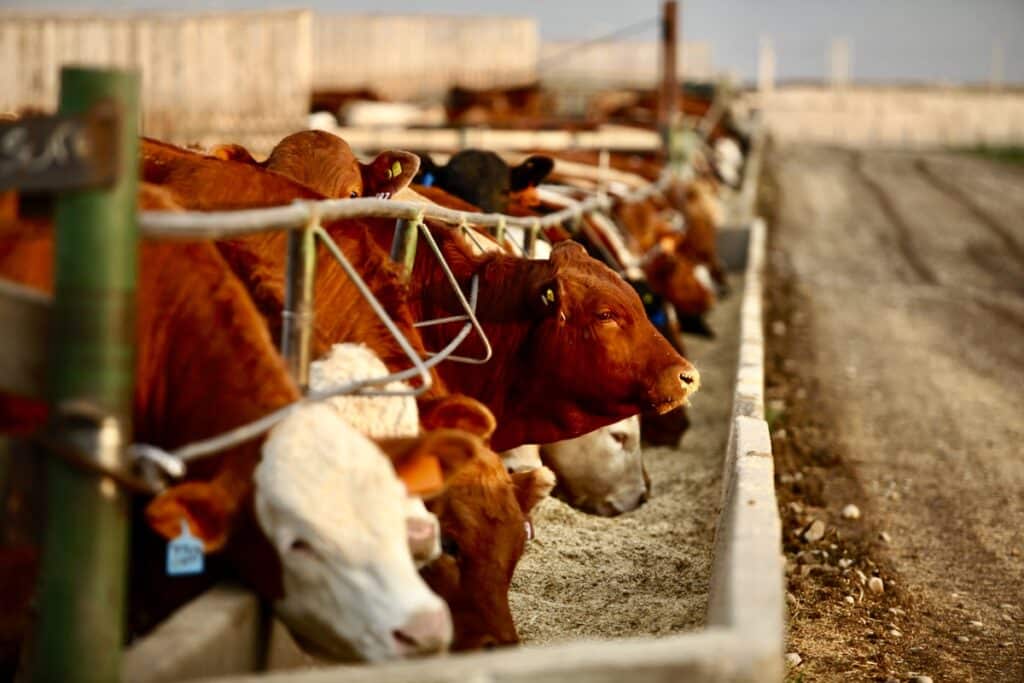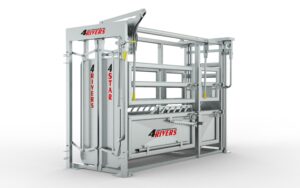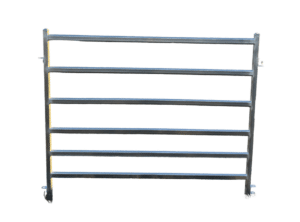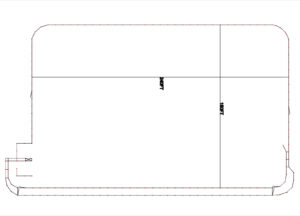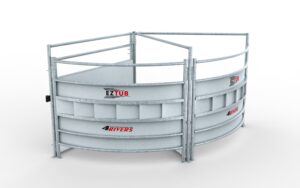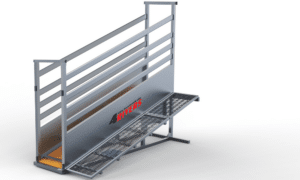How to Prepare your cattle ranch for fall
Fall weather can change quickly and without much warning, so it’s important to be prepared. As the season shifts, make sure you’re paying attention to key areas like livestock health, proper feed storage, and flexible adjustments to your usual routine. By staying alert and planning ahead, you’ll create safer conditions and a higher quality of life for both your animals and yourself.
In this article, we’ll dig into practical ways to get ahead of fall challenges on the ranch. From choosing the right equipment to protect both you and your herd, to storing and stretching your feed supply, adding supplements that support health through cooler months, and everyday tips to make chores easier — we’ll cover everything you need to keep your operation running smoothly this season.
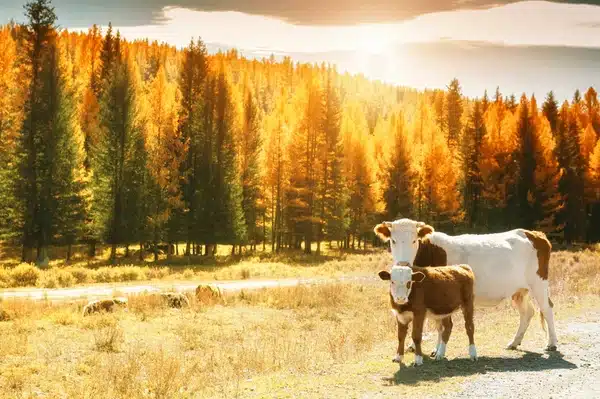
Inspect and Maintain Your Cattle Handling Equipment
Before the busy season sets in, take time to thoroughly inspect your chutes, corrals, gates, and panels. Look for signs of wear like rust, loose bolts, or bent rails that could create safety risks for both you and your cattle. Regular maintenance not only extends the life of your equipment but also ensures smoother, safer handling when conditions are less predictable in the fall. It’s also smart to think ahead with your purchases — investing in galvanized steel can minimize rust issues and give you longer-lasting performance, saving both time and money down the road. A little foresight now can prevent costly breakdowns and stressful delays later.
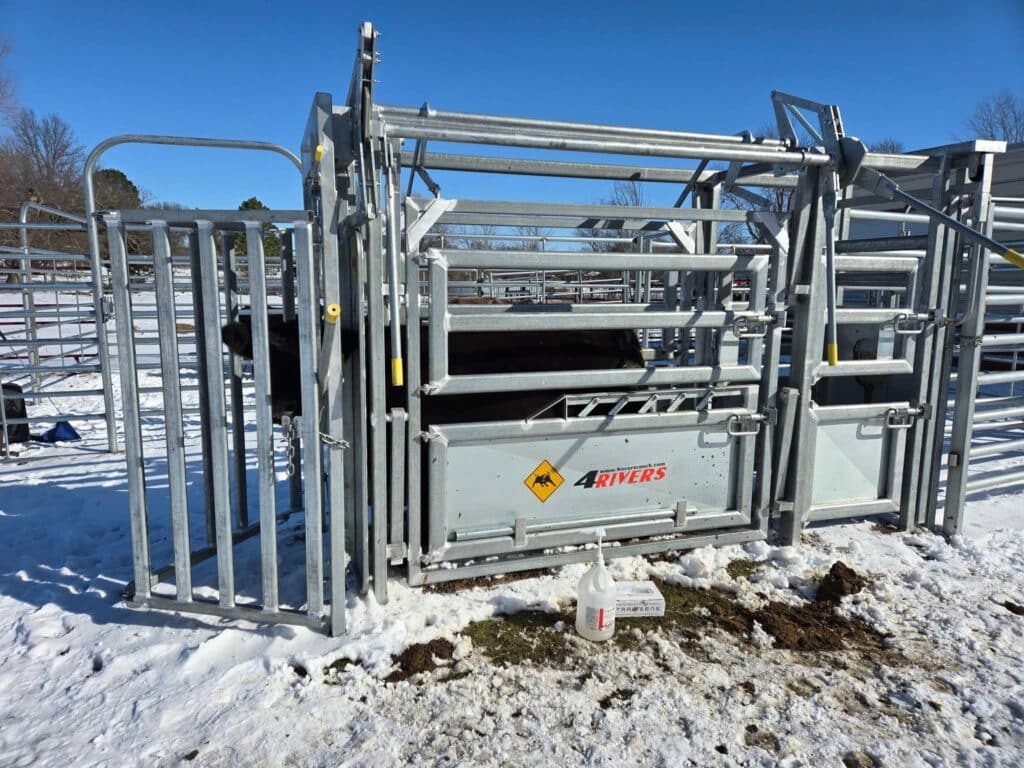
Click here for an article to help you choose the right chute and equipment for your ranch!
Safeguard Your Feed Supply
As you take stock of your feed going into the colder months, think beyond the immediate season. From fall through early spring, a variety of challenges could disrupt your supply — anything from nationwide shortages and transportation delays to droughts and other weather-related setbacks. Being proactive and planning ahead will keep your herd fed and reduce stress later on.
Equally important is how you store the feed you already have. Protecting it from moisture, pests, and spoilage ensures your investment lasts. A few smart practices include:
Elevate your storage. Keep feed off the ground by using pallets or concrete flooring to prevent moisture damage.
Choose dry, well-ventilated spaces. Avoid shaded, damp areas where feed can stay wet and mold.
Use higher ground. Position feed where water won’t pool beneath it to prevent waste.
Taking time now to safeguard your feed helps guarantee a steady, reliable supply for your livestock all season long.
Strengthen Nutrition with the Right Supplements
Even with a well-managed feed supply, cattle often need additional nutritional support during the fall and winter months. Cooler weather, unpredictable forage quality, and higher energy demands can leave gaps in their diet. Planning ahead with the right supplements helps maintain body condition, immunity, and overall herd health.
Key areas to consider include:
Minerals and vitamins. Ensure your herd has access to balanced mineral mixes to support immune function, reproduction, and bone strength.
Protein supplements. If pasture quality drops, protein tubs or blocks can help cattle maintain weight and condition.
Energy boosters. Grains or high-energy supplements may be needed when forage alone can’t meet the herd’s caloric demands.
Consistency is just as important as quality. Make supplements available daily and monitor intake to avoid waste or deficiencies. A thoughtful supplement plan keeps your cattle strong and resilient through the toughest months of the year.
Daily Practices to Stay Ahead
Beyond equipment checks, feed planning, and supplements, it’s the day-to-day routines that make the biggest difference in how smoothly your fall season goes. Staying proactive helps you spot small issues before they turn into costly setbacks.
A few simple practices to keep in mind:
Walk your herd often. Regular observation helps you catch early signs of stress, illness, or injury.
Monitor water sources. Check tanks and troughs daily to ensure a clean, reliable supply, especially as temperatures fluctuate.
Stay flexible. Weather shifts fast in the fall — build extra time into your routines so you can adjust without rushing.
Keep records. Track feed usage, supplement intake, and animal health notes. Good records make it easier to plan ahead and adapt.
By weaving these habits into your daily routine, you’ll not only protect your herd and equipment but also set yourself up for a smoother, more productive season.
Preparing for fall takes extra effort, but a little planning now saves a lot of stress later. By inspecting and maintaining your equipment, protecting your feed supply, supporting your herd with supplements, and staying consistent with daily practices, you’ll be ready to handle whatever the season brings. Staying proactive not only safeguards your livestock but also makes your operation more efficient and resilient heading into winter and beyond
